A stethoscope is a medical device used by healthcare professionals to listen to internal body sounds, primarily those from the heart, lungs, and gastrointestinal system. It is an essential tool in physical examinations and diagnostic assessments, allowing doctors, nurses, and other healthcare providers to monitor and evaluate a patient’s health status effectively. By amplifying body sounds, the stethoscope enables the user to detect abnormalities such as heart murmurs, lung conditions, and irregular bowel sounds, which can be indicative of various medical conditions.
The stethoscope consists of three main parts: the earpieces, the tubing, and the chest piece. The earpieces are designed to fit comfortably into the user’s ears, providing a clear transmission of sound. The flexible tubing connects the earpieces to the chest piece, which houses the diaphragm and bell. The diaphragm is used to pick up high-frequency sounds, such as heartbeats and lung sounds, while the bell is used for low-frequency sounds like blood flow in arteries and veins.
Stethoscopes come in different varieties, including acoustic, electronic, and specialty models. Acoustic stethoscopes rely on sound waves traveling through the tubing to the ears, while electronic stethoscopes amplify these sounds, making them more audible and allowing for digital recording. Specialty stethoscopes are designed for specific uses, such as pediatric stethoscopes, which are smaller and more sensitive to children’s body sounds.
In clinical practice, stethoscopes are essential for monitoring vital signs and providing real-time feedback during patient assessments. They help healthcare providers make accurate diagnoses and are indispensable in detecting early signs of health issues.
Overall, the stethoscope remains a timeless and fundamental tool in modern medicine, serving as a bridge between patient and provider by offering critical insights into the body’s internal workings.



















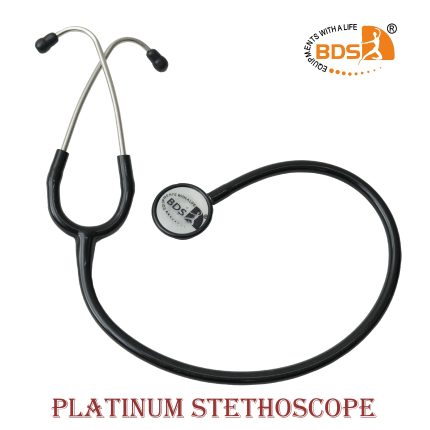
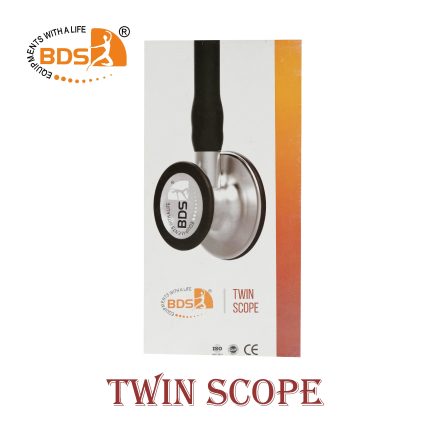
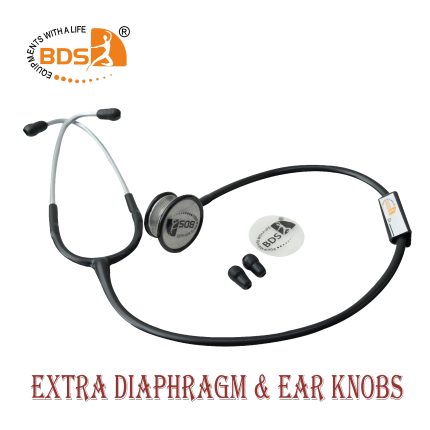

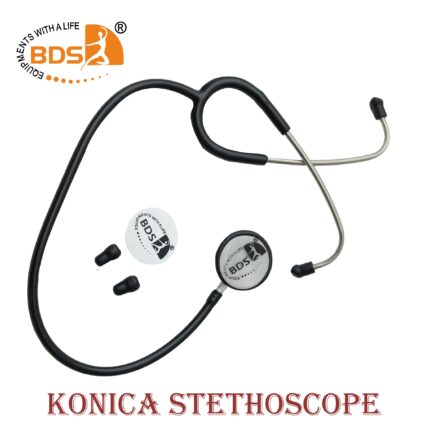
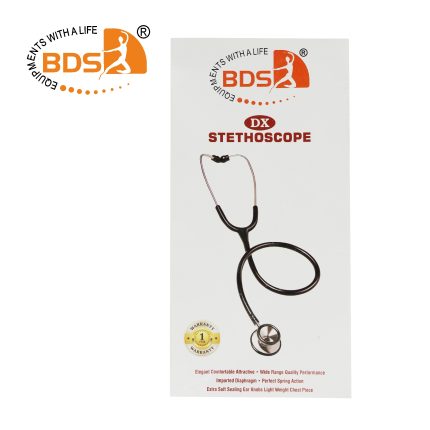



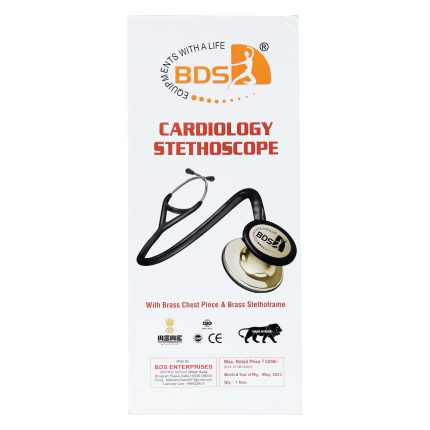
Reviews
There are no reviews yet.